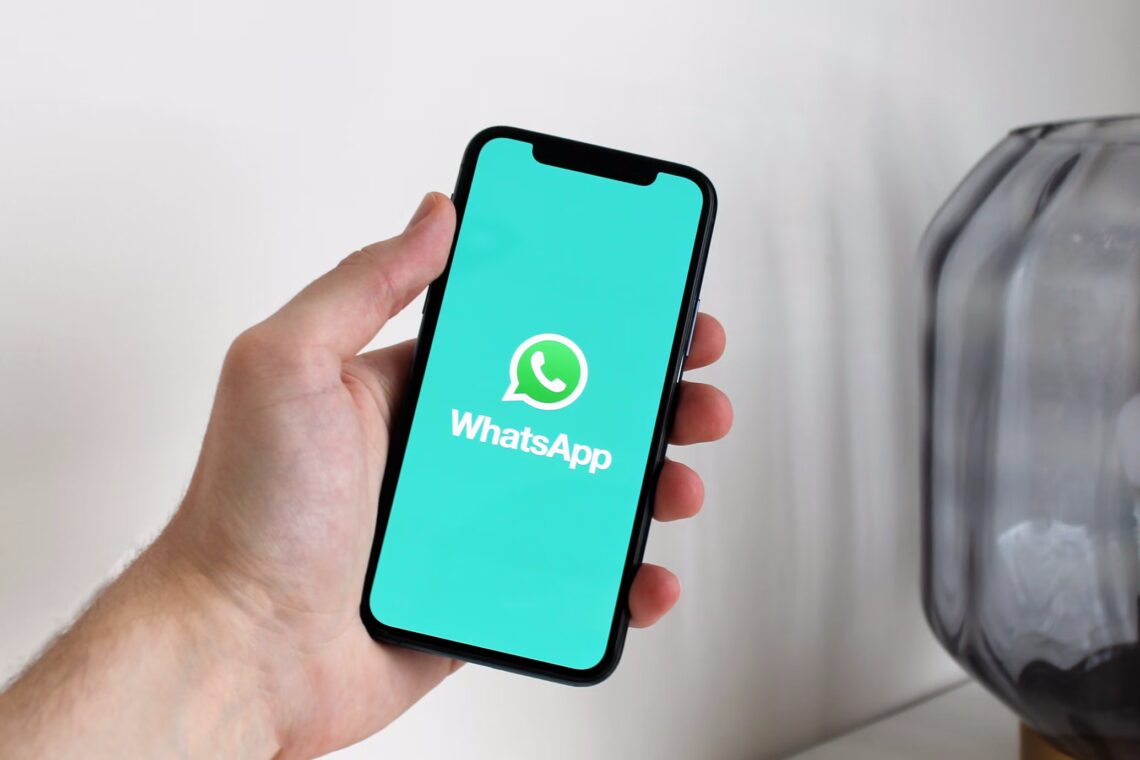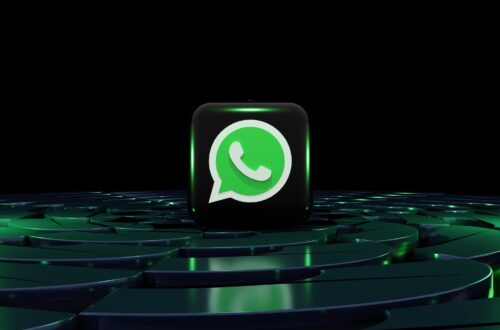Picture this: a shopper adds three items to their cart, browses around for a few minutes, then disappears. It’s the modern-day equivalent of walking out of a store with the cart still full.
Now imagine if, minutes later, that same customer receives a personalized WhatsApp message — not a generic blast, but one referencing exactly what they left behind, offering help, or even a small incentive to complete the purchase.
That’s not a fantasy. It’s WhatsApp AI for e-commerce in action — where automation meets intent, and every message has the precision of a sales associate who never sleeps.
Why WhatsApp Matters for E-commerce in 2025
In 2025, WhatsApp isn’t just a chat app. It’s a commerce infrastructure layer — used by over 2.8 billion people worldwide and integrated deeply into payment systems, CRM platforms, and logistics tools.
For e-commerce brands, it bridges the three biggest conversion gaps:
- Cart Abandonment — Over 70% of carts still go unpaid.
- Support Fatigue — 60% of customer queries are repetitive (“Where is my order?”).
- Channel Fatigue — Consumers are tired of crowded inboxes and intrusive SMS campaigns.
WhatsApp solves all three — if powered by AI.
Technically speaking:
Unlike traditional chatbots, AI-driven WhatsApp systems use intent detection, personalization engines, and product data sync to tailor messages dynamically.
Cart Recovery: The Low-Hanging Fruit with High ROI
Cart recovery has become one of the most measurable applications of WhatsApp automation.
How It Works Under the Hood
When a user abandons a cart:
- The e-commerce platform (like Shopify or WooCommerce) sends an event trigger to your WhatsApp API system.
- The AI bot fetches cart details — items, pricing, and discounts — and crafts a contextual message.
- If no response, it follows up within defined windows (e.g., 6 hours, 24 hours).
Under the hood:
Intent models analyze past customer behavior, segment responses, and even recommend personalized discounts for high-value users.
“We recovered 28% of abandoned carts in the first 60 days — simply by automating follow-ups with human-like personalization.”
— Lina Fernández, Head of Growth, VestaRetail (LATAM)
In Practice: The Business Impact
- Baseline cart recovery: ~15–20% from WhatsApp automation alone.
- Combined with AI segmentation: Up to 35% recovery on mid-value SKUs.
- ROI timeline: Payback in under 90 days for most brands.
The real advantage: automation that doesn’t sound robotic.
Each message feels native, conversational, and relevant — a reminder, not a nudge.
Customer Support: Scaling Empathy with Automation
Let’s be clear — support isn’t just about answering queries fast. It’s about resolving them naturally.
Most e-commerce brands lose efficiency when scaling support teams across languages and time zones. AI-driven WhatsApp systems fix this through:
- Intent Recognition: Understanding “Where’s my order?” in 20+ languages and dialects.
- Dynamic Data Fetching: Pulling real-time shipping status, payment confirmation, or refund details from your CRM or ERP.
- Smart Escalation: Routing unresolved issues to live agents within WhatsApp without breaking the conversation.
In practice:
A customer typing “Did my payment go through?” gets a direct confirmation message fetched from payment gateway APIs — no human involvement, no lag.
Typical metrics after AI integration:
- 50–70% reduction in human support tickets.
- Average response time down from 6 minutes to under 30 seconds.
- CSAT (Customer Satisfaction) improvement of 15–20%.
Beyond Recovery and Support: Commerce Redefined
E-commerce on WhatsApp is no longer limited to recovery or FAQs. The frontier has expanded into personalized shopping journeys.
Here’s how modern retail brands use WhatsApp AI across the funnel:
| Stage | Use Case | Example | AI Advantage |
|---|---|---|---|
| Awareness | Personalized product discovery | “We noticed you liked our linen shirts. Check this new collection.” | Relevance at scale |
| Conversion | Abandoned cart recovery | “Your cart’s waiting — checkout now for free shipping.” | Real-time, context-aware follow-up |
| Post-purchase | Order tracking & delivery updates | “Your package is on its way! Expected arrival: Thursday.” | Automated, trust-building transparency |
| Retention | Re-engagement & loyalty | “Welcome back! You’ve earned a 10% loyalty reward.” | Lifecycle personalization |
Technical Deep Dive:
Modern WhatsApp e-commerce setups integrate with APIs like Shopify GraphQL, Razorpay, and Shiprocket — enabling full-circle automation from intent to delivery.
How AI Personalization Actually Works
Here’s what happens behind the curtain:
- Data Collection: AI models collect event data — browsing time, purchase history, interaction patterns.
- Segmentation Engine: Customers are classified as “discount seekers,” “browsers,” or “repeat buyers.”
- Adaptive Messaging: Templates change tone and offer type based on behavioral category.
- Real-Time Learning: Each conversation refines the next — your AI learns like a top-tier salesperson.
Example:
Two users abandon the same cart. One is a frequent buyer — AI offers early access. The other is price-sensitive — it offers a discount coupon. Both complete the purchase.
Technical Setup: Connecting WhatsApp API to Your Store
For a smooth e-commerce integration, the architecture typically includes:
- WhatsApp Business API Account — registered through a provider (like Gupshup or WATI).
- Webhook Triggers — for cart events, payment confirmation, and shipment updates.
- AI Orchestration Layer — NLP engine + CRM connector for personalized responses.
- Database Sync — syncing product catalogs, user info, and message templates.
- Fallback Handling — escalation logic when AI confidence < 80%.
Performance Benchmark (2025 Averages):
- Message latency: 1.2–1.6 seconds.
- Template approval rate: 92%.
- Recovery campaign success rate: 28–35%.
Key Implementation Challenges
- Template Fatigue: Customers ignore repetitive reminders — personalization must evolve dynamically.
- Data Synchronization: Real-time stock or price mismatches cause poor user experience.
- Regional Compliance: Data localization (e.g., GDPR or DPDP) affects message routing.
- AI Drift: Models need retraining quarterly as customer behavior shifts.
- Tone Calibration: Finding the right balance between conversational and professional language.
“Our AI had the logic, but not the tone. The moment we trained it with local idioms, conversion jumped 12%.”
— Diego Martins, Product Lead, CasaModa Brazil
Strategic Insights: The WhatsApp AI Advantage
The ROI of WhatsApp e-commerce AI doesn’t come from technology alone — it comes from alignment:
Aligning the AI’s tone, data access, and automation logic with the brand’s real customer journey.
Here’s the strategic view:
- Short-term ROI: Cart recovery and order tracking — measurable within 60–90 days.
- Mid-term ROI: AI support and loyalty re-engagement — measurable within 6 months.
- Long-term ROI: AI-assisted sales and cross-channel integration — measurable over 1 year.
The brands seeing the biggest results are the ones who treat WhatsApp as an always-on sales channel, not a “support-only” platform.
Real-World Example: Retail Brand Transformation
A mid-sized apparel retailer integrated an AI-powered WhatsApp assistant for:
- Cart recovery,
- Order tracking, and
- Post-purchase feedback.
Within six months:
- Support ticket volume dropped by 65%.
- Recovered cart value rose by 31%.
- Average response time decreased to under 20 seconds.
- Customer NPS jumped from 48 to 67.
They didn’t hire more staff — they scaled intelligence.
What’s Next: Predictive and Conversational Commerce
By late 2025, WhatsApp AI will move from reactive to predictive commerce.
That means your assistant won’t wait for a user to ask — it will anticipate.
“Hey, your size in the blazer you viewed last week is back in stock.”
That’s not a notification — it’s contextual value.
Expect voice integration, image-based product recognition, and multi-agent orchestration to redefine what e-commerce feels like — not just how it functions.






